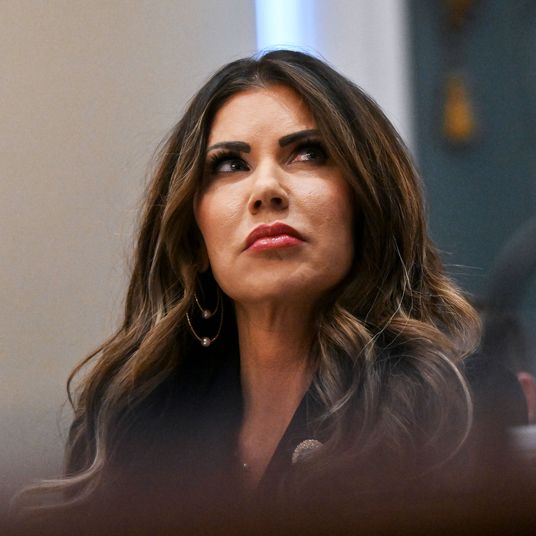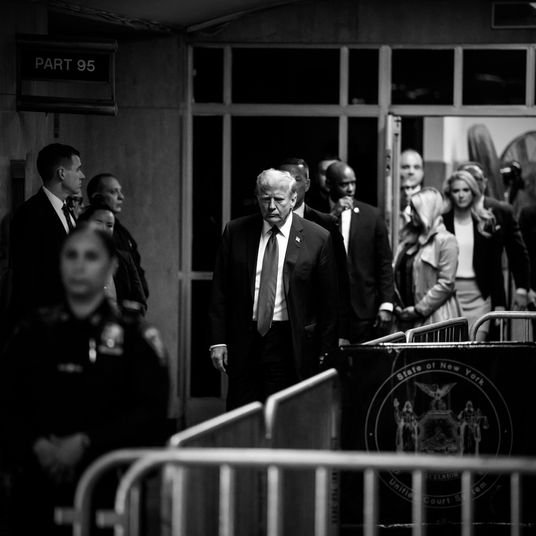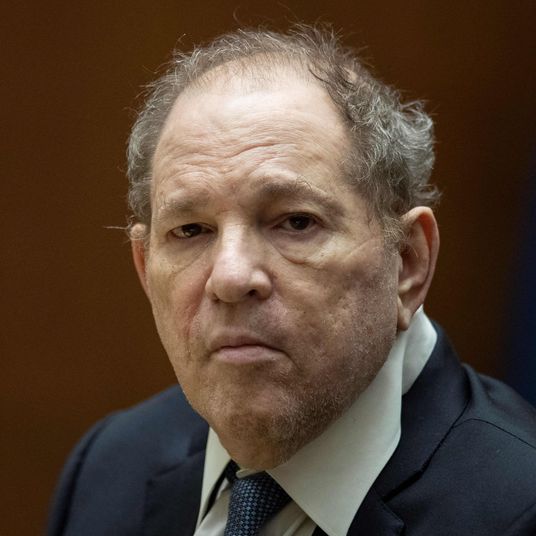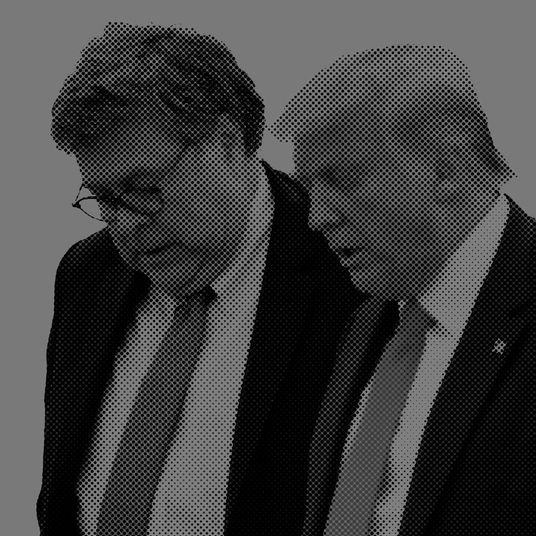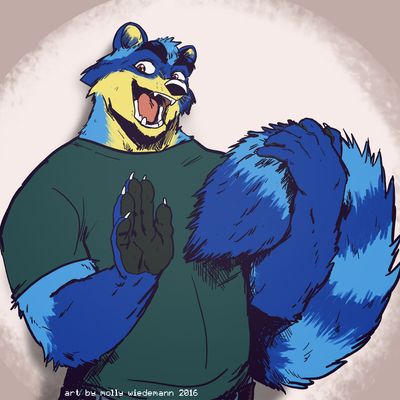
Outside of a rarefied top tier, it can be extremely hard to make money in creative fields online. Writers are continually asked to work for pennies or, even worse, “exposure.” Artists may have it even worse. Clients want to pay a paltry sum for work that can take hours — and is then snatched and put to use by third parties without credit or payment.
But there is still at least one online community that treats artists with respect and pays fair prices for original work — one community that artists can rely on when editors, publishers, and social networks make it more and more difficult to get paid. When it comes to commissioning original works of art, nobody can match the furries.
At an unsteady time to be a professional creative, furry commissions offer stable supplementary income for many artists. Sara Jensen, a 28-year-old artist in Minnesota, estimates that she makes around $500 drawing ten or so illustrations per month. “Some people make a lot more than me, some people make just, you know, ‘I want to go out tonight, can I take a commission so I can go to a movie or whatever.’”
Either way, the furry fandom is a reliable place to find work. “The demand in the furry community, such as it is, is a very different thing than in other fields and groups that want/need art,” writer and self-described furry community historian Colin Spacetwinks explained to me over Twitter DM. The main reason is that furries, people interested in anthropomorphic animals, often have animal alter-egos known as a fursona. “Say you’ve got a fursona,” Spacetwinks says. “You’ve imagined it. You know in your head what they look like, you think they look pretty cool, and you think to yourself, ‘Gosh, I’d like to see that somewhere other than in my own brain.’ But you can’t draw. There’s only one way you’re going to get that: Someone else draws it for you.”
Because fursonas are unique for every person, it’s practically impossible to get a rendering of one’s fursona without paying money for it. (Dressing up as one’s fursona is also common practice, but high-end costumes can run thousands of dollars.) Using generic images is frowned upon in the community, and using a drawing of someone else is practically begging for punishment. “I’d say that [getting a drawing of your fursona is] pretty much expected, to be honest with you,” Ted, who goes by Doctor Fox online, tells me. Not having a drawing of your fursona, according to Ted, “would kind of be like having a Facebook profile with no picture. Just because you have your name on there, your friends are gonna be like, ‘Uh, who’s this?’” He estimates that “99 percent” of furries have something they’ve commissioned from an artist.
Illustrator Amber Hill, who goes by Vantid online, says that she took her first furry commission when she was 19 years old. She’s now 33. “When I accept new work, it’s usually about a quarter to a half of my income,” she wrote over email. While she wasn’t comfortable discussing specifics, she said that furry commissions were “enough to support my mortgage habit, ha-ha.”
Katie Hofgard, a full-time freelance illustrator, uses her income from furry commissions and a variety of other projects to support both herself, her boyfriend, and their cat. “People in the furry fandom usually want a depiction of one of their personal characters, usually an anthropomorphic animal or fantasy animal of some kind,” she said over email. “It’s their imagined world, which I get to bring to life for them. Maybe they’re exploring a ruin, going for a peaceful walk, enjoying a cup of tea, or enacting a part of their story.”
“I really enjoy hearing the backstories behind each character I paint for people,” she admitted. “Some people just make characters that are fun to look at and draw, and some have volumes of tales for each of their characters.”
(The furry art economy isn’t static, either — it goes through trends. When the show BoJack Horseman debuted, getting your fursona drawn in the style of the show’s character designer, Lisa Hanawalt, was super popular. The trend right now, according to Ted, is getting custom stickers to use on the messaging app Telegram. “One that I have is my character in front of the American flag, to replace the American-flag emoji, and then one of my other hobbies is shooting, so I have my character with a pistol in one of them,” Ted explained.)
Furry commissions aren’t one-and-done. By his own estimate, Ted spends between $500 and $700 a year on commissions (put in perspective, that’s about as much as daily delivery of the New York Times). He says he gets a new commission every two or three months, usually by browsing FurAffinity or through word of mouth. He describes it as ”Oh, I have $50 in my rainy-day funds, this artist is open, I really wanted this from them so I’m gonna go ahead and spend my money.”
The lowest pricing tiers are generally black-and-white sketches and head shots for around $25, but if you wanted something more painterly, or a full-body sketch, it could run you hundreds of dollars.
For this piece, I briefly considered asking artists if they wanted to contribute work for free, before immediately realizing how hypocritical that was. So after deciding on Select All’s fursona (my colleague Madison suggested a raccoon because we dig through internet trash), I emailed artist Molly Wiedemann and commissioned a piece. Six hours, and one $50 PayPal transfer later, I had the beautiful specimen — a raccoon using our blue-and-yellow color scheme — that you see at the top of this page. A painless process that, if for some reason I need a bespoke anthropomorphic animal drawn, I’d gladly go through again.
“One thing that I really like from working with furries versus working with other people is furries are really easygoing, which is awesome,” Jensen admitted. “A lot of the time they’ll be like, ‘You can do whatever you want,’ or they’ll give me a really general theme and I can draw what comes to mind.”
Which is not to say that she doesn’t get interesting requests. “One of the weirdest ones I got was someone who was like, ‘Hey, do you draw My Little Pony?’ I’m like, ‘Of course I do.’ I draw basically anything. And they’re like, ‘Would you draw a — just a normal My Little Pony, but like super muscle-y?’ And I was like, ‘What? Yeah, I’ll do that.’”
Hill said that the only type of requests that qualify as “weird” are the ones that ask her to work for free or “exposure.”
Hill, who does not consider herself a furry, was ebullient in her praise for the fandom. “The furry fandom has been remarkable to me, and I am so thankful for the people who are a part of it,” she wrote. “I’ve become dear friends with some of my clients, traveled the world with a few. In 2008, I was commissioned for a piece of art with a coyote and a raven. In 2014, I married that client … and I still owe him some artwork!! Ha!”






